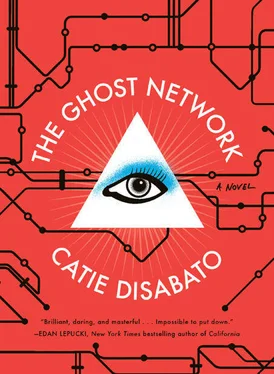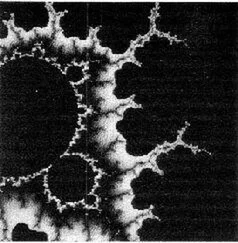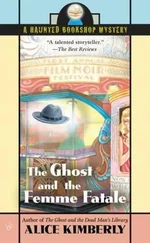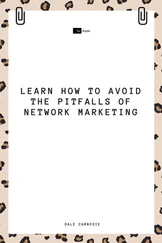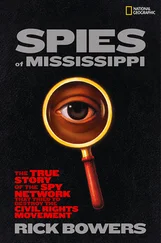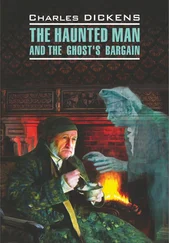† Constant, “Exploration of La Maison Astuce,” translated by Libcom volunteers, Internationale Situationniste , no. 3 (December 1959): 12.
‡ Although falling one story could sometimes result in death, more often than not the person who fell would just be injured.
§ “Exploration of La Maison Astuce,” 13.
ǁ Ibid.
a Berliner didn’t explain to Cyrus how he knew this food blogger was in the N.S., while simultaneously not knowing any of the names or faces of any of the members. He must’ve lied somewhere, even if only about the food blogging. — CD
b From the preface of Architectural Uncanny: Essays in the Modern Unhomely by Anthony Vidler. In the tradition of Situationist détournement , Berliner didn’t note his inclusion of the quote, neither with quotation marks nor citation.
c Nicolas Berliner, “Modern Urbanism’s Tabula Rasa : Destroying and Rebuilding Gotham,” Esquire.com, www.esquire.com/features/modern-urbanisms-tabula-rasa/ESQ0605-JUN_ARTS.
d Esquire ‘s web editor, Audrey Sampson, wrote a two-hundred-word bio for Berliner, labeling him “The Last Situationist.” The bio ran before the article. There was still some cache associated with the New Situationists’ neo-Situationism, and undoubtedly Esquire published the article because of the byline, not the contents.
e Berliner quoted Ari to Cyrus during one of their solo interviews. — CD
f He rarely sold his least favorite: sixteenth- and seventeenth-century maps that depicted California as an island off the coast of the mainland of what was to become North America. One of the most infamous cartographic errors ever, a Spanish romance novelist from the 1500s, Garci Rodríguez de Montalvo, popularized the idea in a series of books depicting California as an Eden-like garden, an island populated entirely by beautiful women.
g Of course, Molly wasn’t responsible for everything. Guy Debord is, or Constant. Though it’s true that all three of them benefited from the fortuitous combination of right person, right time, and right place that creates history out of events and legend out of man (or icon out of women). Molly didn’t start anything, she was just the biggest ship to get caught in the storm. — CD
h This story about Berliner, Kraus, Molly, and Johnson is strange, but Berliner “thinks” it’s accurate, so I didn’t cut it from the text. — CD
i Berliner liked the joke. During subsequent visits, he started their conversation with a line from popular cartoon Pinky and the Brain : “Gee, Brain, what do you want to do tonight?” Kraus would respond, “The same thing we do every night, Pinky — try to take over the world!”
j None of these notebooks survive. Information on their contents came to me secondhand, from my interviews with Berliner.
k Kristian Sommer, “Molly! The New Diva!” Knoll Producktion 126, no. 5 (April 2008): 89.
l She wore the same bra in the music video for “Don’t Stop.”
m Cyrus didn’t indicate which bloggers. — CD
n Quotations from Berliner’s personal notes on the New Situationist documents.
o Dana Andapolis, “Meeting Molly,” MTV.com, February 12, 2009; www.mtv.com/news/music/3082636/meeting-molly/.
p Which airport? Who knows. O’Hare is my best guess, but all airports look alike.
q Though the video has been removed from Molly’s official YouTube channel, the copy most easily accessible via a simple search has over 500,000 views. [ It has over 505,000 views, as of the time this book went to press. — CD ]
r Ali and Peaches were reluctant to discuss the events in the book, but feared that without commenting, their side of the story would not be heard. Unfortunately, due to legal restrictions on what they could discuss, I’m afraid I’m unable to include the nuances of their experience of the events, and the young women, perhaps unfairly, remain villains in this text.
s Molly was angry enough to give Peaches a goodbye “fuck you,” though — she let it slip to a few tabloid journalists that she had fired Peaches because she refused to dance at a show during the Pride Parade in New York.
t This is according to Parker himself, whom I thank for his patience, help with fact-checking, and all the hours spent on the phone discussing the finer points of music video choreography.
u Skendarian made her name partially on Molly’s videos and went on to win a Grammy for her work on Miley Cyrus’s video for “Love Money Party.”
v Kelly Rice of Slate dismissed this sequence as “off-putting” and “needlessly vulgar,” in a piece about the sexual antics of pop stars: “From Molly to Miley — Are There Any Lines They Won’t Cross?” Published September 2, 2013. The piece was reductive and “slut-shaming” in its tone. I disagree with Rogers’s assessment of Molly’s performance in the “New Vogue Riche” video. I thought all the skyscraper humping wasn’t supposed to be sexy; it was supposed to be funny .
w Thanks to Ryan at MTV for access to the uncut interview.
x This timeline is according to both Ali and Peaches, whom I interviewed separately, and who seem to function as a two-part unit even when they aren’t in the same room.
y Ali and Peaches didn’t choose the name of their “counterinsurgency,” The Society of the Children of the Atomic Bomb, at random. Ali, a master at finding the best parts of people and shining a light on them, mined Peaches’s childhood for the name.
Peaches’s grandfather, Frank Orr, and Robert Halstead, Orr’s closest friend, served together in World War II as naval officers on a ship called the Massachusetts . In the waning years of the war, their ship was scheduled to take part in an attack on Japan’s shores. President Harry S. Truman axed that planned attack in favor of dropping a newly minted atomic bomb on Hiroshima, and then Nagasaki. Lieutenants Orr and Halsted most likely would’ve been killed trying to take Japan if America hadn’t dropped the bomb. They were haunted by their possible alternate history as casualties of war. Jokingly, they called themselves, and other soldiers like them, The Children of the Atomic Bomb.
In 1945, the men returned, alive and uninjured, to their homes in the rural Illinois corn-farming county of Kankakee. There, they started a political action committee to push for fiscal conservatism and greater government subsidies for rural farmers. According to a pamphlet they published together in 1952, they called their group the Society of the Children of the Atomic Bomb, “because without it, our lives would’ve been lost, and our children, and our children’s children, never would’ve been born.”
Orr and Halsted dreamed of becoming a powerful lobbying group for Midwestern farmers, but they had absolutely no political impact, even in Kankakee. The Society quietly folded in 1954.
Forty-four years later, Ali plucked the name out of history, adopting it mostly because she liked the rhythm of the phrase.
z I never had a chance to interview Davis, so I remain unenlightened about how spying on Berliner and betraying him weighed on her, though I do know she followed Ali and Peaches’s directions without question.
aa According to state records, Antoinette Monson owns the building, and the basement rooms are rented by U of C on behalf of the University of Westminster, London, as an off-campus extension of the Westminster Natural Sciences program, housing experiments that can only be performed in America. When I tried to confirm whether or not the University of Westminster ever rented office space in the Armitage and Racine building, I entered a never-ending feedback loop, where officials at U of C sent me to the University of Westminster for confirmation, and the University of Westminster sent me back to U of C, ad infinitum .
Читать дальше
